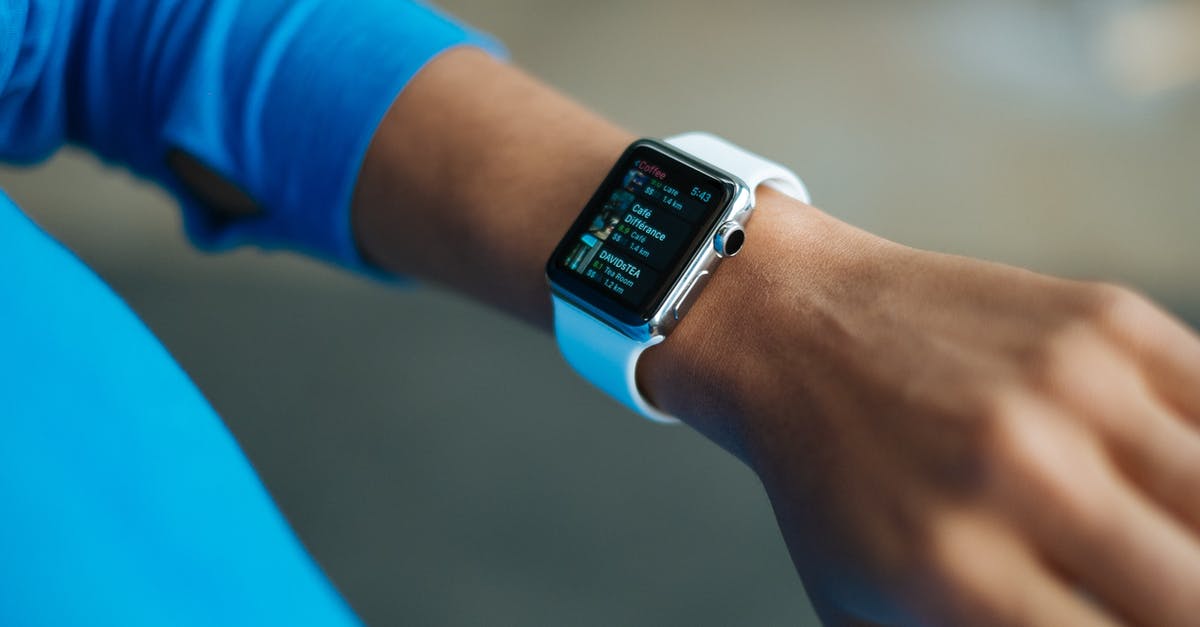Crypto Coach: How to purchase crypto coins using Robinhood
Crypto Coach: How to purchase crypto coins using Robinhood
Blockchain has always been a powerful tool for entrepreneurs, but it has not been an easy one to use. And now it’s finally possible to buy and sell coins from one place. Let’s take a look at how to use Robinhood to buy and sell cryptocurrencies in a more practical and practical way.
Building Dr. Bitcoin
Let’s start our journey by taking a step back from some of the more specific examples, starting with the first example we could think of:
Figure 1.4. Investment in Bitcoin.
A number of things happen behind the scenes that we are familiar with:
First of all, Bitcoin is a standard private or public ledger. So everyone is aware: Private data is often broken, there are no central repositories, there are no smart contracts, and it’s not like there is something to limit or limit the number of transactions.
This is where the first problem started.
The standard ledger looks something like this:
// Block chain and they are integers,32-24; // It takes 4 bytes to hold the output of the transaction // // This will be 1 to 24 bytes of output and we need to store the c0 to c1 of this // uint256 block is the block’s total size. uint256 constant c0 = (block.data[0].src & 0x90000); uint256 block_size = block_size + 1;
A bit of hard code was needed to initialize the runtime block to a fixed size. For this, we had to rely on initializing the auto-transaction protocol (the hash for the initial block). Now, we used the following code to initialize the main blockchain:
void setup() { CBlock block; CTransaction tx = new CTransaction(block.hash); CBlockTransactions tx2 = new CTransaction(tx2.hash); CTransaction outputs = new CTransaction(tx2.tx); CTransaction tx3 = new CTransaction(tx3.hash); CTransaction outputs2 = new CTransaction(tx3.tx); CTransaction outputs3 = new CTransaction(tx3.tx); Outputs.put(output2.base.toString()); Outputs.put(output3.base.toString()); Outputs.put(output3.base.toString()); CopyBlock i; CBlock chain; CBlock blockPos; CBlock blockTime; void main() { cout << “block.id: %s = %s
” % (blockPos) << ” (failed with cron error)
” << blockPos << ”
” << chain.indexOf(chain.name).trim(); // start the block with the first bit // chain.push(chain.id); cout << “[{0}]
” << chain.hash << ”
” << chain.transaction.size.call(block); chain.push(block.hash); }
This code above assumes that every block represents a transaction. For the purpose of this program, we only need to know the “unused” block to start the program.
Figure 1.5. The Instance of the Initialization of the Blockchain
Now, let’s take a look at the commands we can make on the main blockchain.
Bitcoins
All Bitcoin’s information—the hash of the first 100 bitcoins—is stored in the Altcoins database, an Object that contains all of the bitcoin transactions in the block. We’ll need to make a few
🔔ALL TEXT IN THIS POST IS COMPLETELY FAKE AND AI GENERATED🔔
Read more about how it’s done here.

